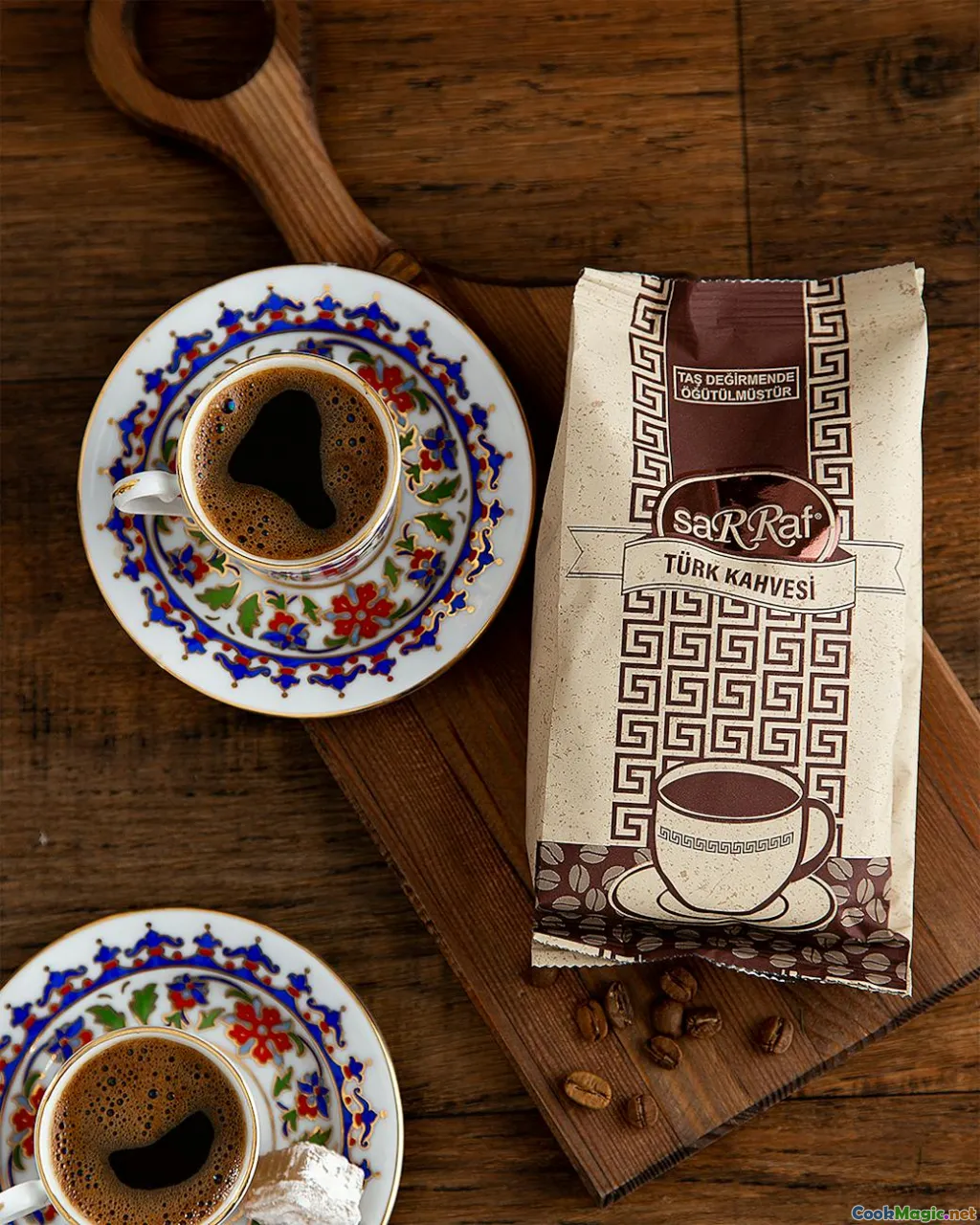The Role of Coffee in Colombian Culinary Traditions
3 min read Explore how coffee shapes Colombia's culinary identity, from traditional brewing to social gatherings, enriching the nation's cultural fabric. April 26, 2025 06:55
The Role of Coffee in Colombian Culinary Traditions
Colombia is often renowned for its lush landscapes, vibrant culture, and most notably, its world-class coffee. But beyond its reputation as a coffee powerhouse, this humble bean is woven into the very fabric of Colombian life, serving as a symbol of hospitality, a catalyst for social interaction, and a cherished cultural tradition. To truly understand Colombia, one must savor its coffee — not just as a beverage, but as a living, breathing part of its history and daily rituals.
A Historical Journey: Coffee’s Roots in Colombia
The story of coffee in Colombia begins in the early 19th century. Introduced by European explorers and entrepreneurs, coffee cultivation quickly took root in the fertile highlands of Antioquia, Quindío, Caldas, and Risaralda. The unique combination of volcanic soil, altitude, and climate created the perfect environment for producing beans with a rich, balanced flavor profile.
By the mid-1800s, coffee had become a vital economic driver, transforming small rural communities into bustling centers of production. This period marked the beginning of Colombia’s identity as a global coffee exporter, a reputation that persists today. But more than economics, coffee became a cultural cornerstone, shaping social interactions and local traditions.
The Sensory Experience: Brewing and Tasting Colombian Coffee
Colombian coffee is renowned for its smooth, mild flavor, often described as medium-bodied with bright acidity and hints of caramel, fruit, and floral notes. These sensory qualities are a direct reflection of the country's diverse microclimates and meticulous cultivation methods.
Traditional Brewing Techniques
One of the most iconic ways to prepare coffee in Colombia is using the **









